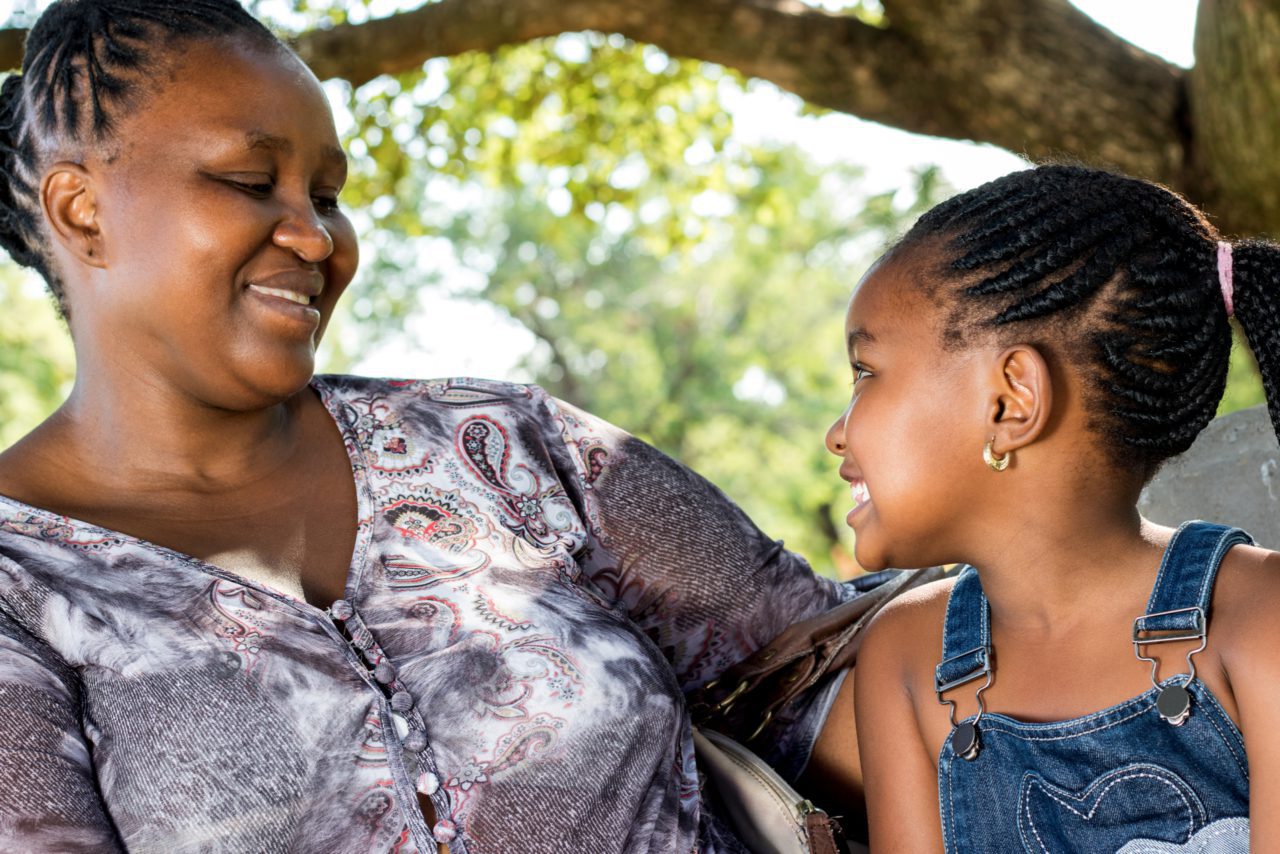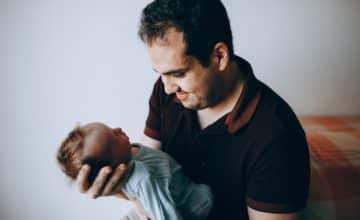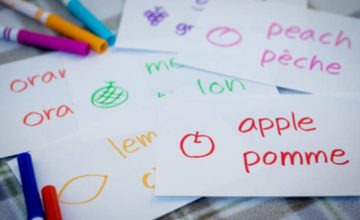When my daughter was 3 and my son a just-crawling 8-month-old, my husband and I were constantly on watch for choking hazards. The little cars, doll accessories and other toys that were so enchanting for my daughter were major dangers for our son. We would tell one another to “move that—it’s a choking hazard” or remind our daughter to put her toys away because they were “choking hazards.” So it should come as no surprise that our daughter, the next time she got really, really angry with a friend, scowled and called them the worst thing she could imagine in her short life: “You…choking hazard!” After I got up off the floor from laughing, it was a great reminder that learning language is a complex process for children—one that is shaped, in large part, by life experience.
So how do parents help their babies and toddlers learn to communicate? Here’s some guidance based on a round-up of recent research that provides parents a roadmap for building their babies’ language skills from birth.
Share stories with babies.
I know—you’ve read that recommendation everywhere. But research from December 2015 shines a spotlight on why this routine is so important. This study found that babies made more speechlike sounds during shared reading than during other playtime. Plus, adults were also more responsive to babies’ sounds during shared reading—repeating and expanding babies’ utterances—than they were during other activities. Back-and-forth interactions like these are key for developing language.
Follow that point.
A study from 2014 found that as babies begin to produce their first words, they also produce hand gestures—like pointing and reaching—in conjunction with their babbles. These gestures have meaning—mostly to inform, but also to ask or obtain information. When parents label or expand on their baby’s early words and gestures, they help build early communication skills.
Play it again, Sam.
Caring for a young baby can feel like life is on “repeat”—with the repetition of daily routines, favorite songs and stories, and baby’s preferred toys and food. But it turns out that repetition actually supports early language development. A 2015 study found that parents who repeat words more often to their babies raise toddlers who have better language skills a year and a half later. Study coauthor Dr. Meredith L. Rowe observed, “It is the quality of the input that matters most, not just the quantity.”
Share your home language with your baby.
Many studies have identified cognitive benefits associated with bilingual skills, but a study from 2014 found that the roots of these benefits lie in infancy. Bilingual babies are learning two languages simultaneously, and also learning to distinguish between them. While this is exactly what makes learning a second language so difficult for adults, the study’s lead author, Leher Singh, explains that the flexibility of babies’ brains may be exactly the reason they are able to master two languages and benefit cognitively. So go ahead and “habla español” or “parle Français” with your little one—just remember that babies need equal exposure to both languages in order to become truly bilingual.
Notice and comment on your young child‘s feelings and experiences.
This seems like an obvious one, but it’s worth mentioning, because it has a big impact. A study from 2015 looked at a group of 40 mothers and babies beginning at 10 months old. They tracked how frequently mothers made comments about how they thought their babies were feeling, based on the babies’ behavior. For example, if a baby grunted and grimaced when he couldn’t reach a favorite toy, the mother might say, “Wow, you are so frustrated! That toy is really far away.” When researchers went back to assess the children at age 5, they found that mothers who had made more observations about their children’s feelings raised children with a greater ability to understand others’ thoughts and emotions. A perfect example of “we learn what we know.”
All this research tells us what so many parents already know by instinct—that parents’ early and ongoing interactions with their babies and toddlers make a big difference when it comes to learning language. At the heart of language, though, is love. Babies don’t just want to talk, they want to talk to you. There is even the research to prove it: a 2008 study found that “Daddy” and “Mommy” are the top two of a baby’s first ten words.
Originally published for PBS Parents. Read the article here.




